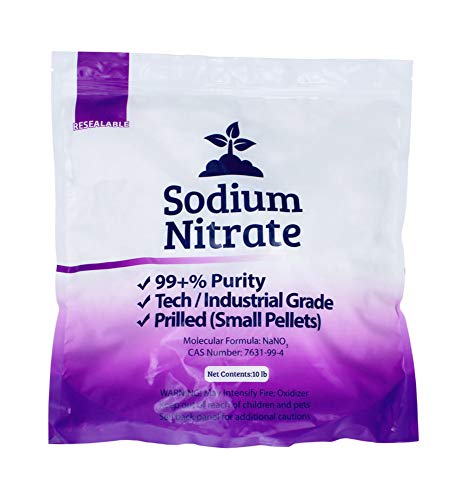I find this site interesting although my greater interest is in prospecting/identifying ores. I have zero experience with rhodium so did some research. Some things that may be interesting to you/others here.
1) Rhodium is commonly said to be the rarest of elements. That seems unlikely to me. Rhodium is about middle of the range for atomic weight and specific gravity: close to palladium - a little 'heavier' than lead. It may be more common than thought just not easily found in recognized quantity/concentration in the earths crust.
2) Terminology, as often said here, counts - especially when talking to professionals/experts in a field. So, an ore is something mined for its value. Thus rhodium ore would be mined for rhodium. Such ores/minerals exist - for instance rhodplumsite, a rhodium, lead sulfide mineral, would be mined for its rhodium value. Minerals that contain very minor amounts of something that is nevertheless worth extracting in the concentration/refining process, but not the primary reason that ore is mined, are NOT ores of that minor constituent. So, it is possible your ore contains traces of rhodium but unlikely, although not impossible, it is rhodium ore.
3) Rhodium is not easily identified by the techniques commonly used by prospectors/assayers to identify minerals, elements, likely ore prospects. More technical, lab, based techniques, if they are specifically aimed at quantitative analysis for rhodium seem to be necessary for certainty of just what is there. Otherwise, routine tests that might show a couple ppb or ppm, aren't meaningful beyond indicating specific testing is needed. Accurately identifying the constituent amounts of a PGM finding is not a trivial exercise.
4) Most rhodium production comes from mining/processing other ores; chiefly nickle, palladium, platinum, copper and others, where it is found as a minor constituent in the raw alloy.
5) The nature of rhodium, like platinum, is that it is durable and can be found in small 'grains'. It can accumulate in placers.
6) It would be nice to see a full-size readable copy of the full assay report.
7) The pictures are of no value in determining the sample contents. About all that can said from them is they are clearly not of high grade rhodplumsite, or any high grade rhodium ore I've been able to find pictures of.
8) Whatever those rocks contain, I think it safe to say NO ONE can be found that has interest in extracting their value - such person/company does not exist. However, if there is GOOD reason to believe they contain interesting amounts of rhodium/pgms they are quite valuable as an indicator for further prospecting. In that regard:
9) I'd be looking hard for the in situ source of the samples, and their geologic setting. I'd look for tests I could run myself to see if significant rhodium/PGM or associated elements are present. Duke's/Morsby (spelling?) on this site is helpful in that regard. I'd look for the nearest down hill water/alluvial accumulation and pan it for concentrates to test for rhodium/PGM. It is these concentrates that I'd get tested - not the raw rock. Similarly, I'd crush and pan/concentrate some of the raw rock for further analysis/assay.
Incidentally, the world's largest known deposit of rhodium appears to be in Montana. Rhodium is usually found associated with ignius rocks. I'd also be coparing te geology of my finding ith the geology of known deposits. Generally, hile deposit tyoes vary widely, knowing that something is similar to some other commercially viable deposit goes a long way in creating interest in exploration companies. Those rocks, as pictured, or not the source of any immediate money in your pocket. They may the key to hundreds of millions of dollars in your pocket 10-20 years from now - but until then thay are a drain on your time and money, valuable for the personal fun, knowledge, experience you may gain - no more.











i
